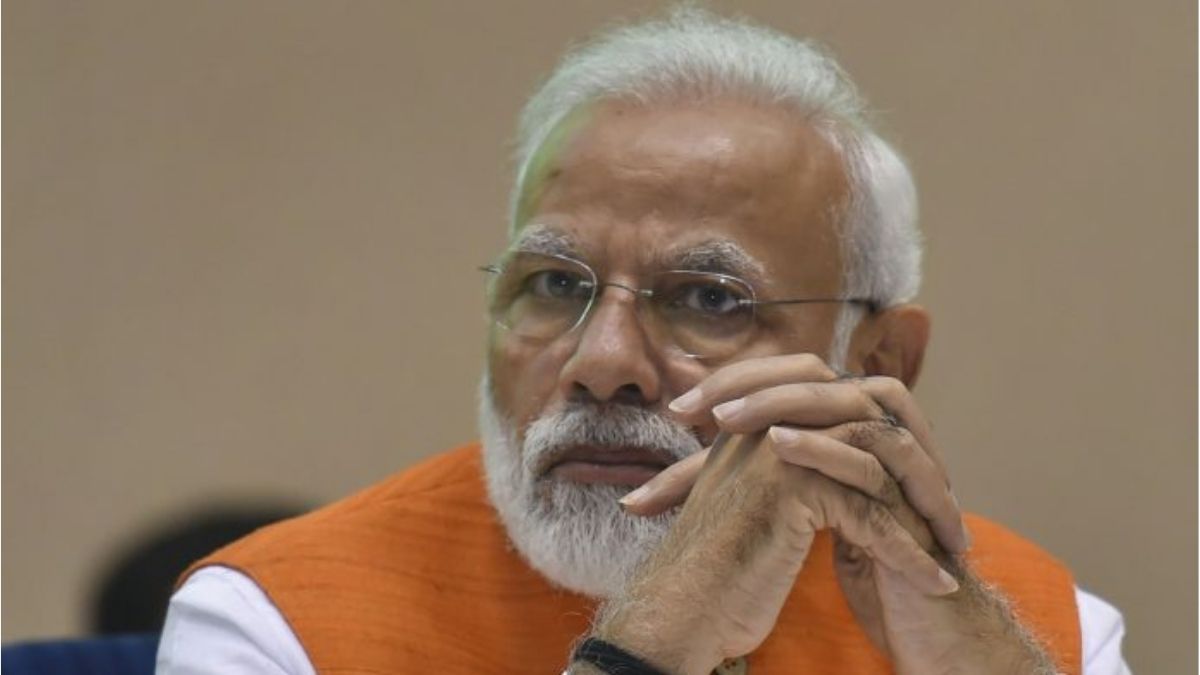
India needs $7.8 trillion greenfield assets in 5 years to become $5 trillion economy: Deloitte
India will need at least $ 7.8 trillion in gross capital formation in the form of Greenfield assets in the next five years if the target of the state government to the economy of $ 5 trillion is to become a reality, a new report by Deloitte has shown.
In order for this to happen, direct foreign investment (FDI) worth at least $ 400 billion needs to achieve new investments, ‘India FDI Opportunities – Global Survey Reports’ said. Of the $ 80 billion in FY21, only 3 percent caused the formation of gross capital, he added.
The formation of capital is used to describe the accumulation of net capital during a fixed period. This term refers to the addition of capital goods, such as equipment, equipment, transportation assets, and electricity, which can then be used to produce economic goods, which cause economic cycles of growth.
Rise on domestic investment
“While foreign investment inflows to India have consistently increased over the past five years, they have not contributed proportion to the formation of state capital and GDP,” the report said. Over the past five years, net capital inflows accounted for around 4 percent of the total gross capital formation (GCF), indicating that domestic investment, funded by domestic savings, accounted for 96 percent of the rest.
The government remained bullish at the fulfillment of $ 5 trillion Mark by FY26, banking in an ambitious increase in infrastructure investment along with national monetization pipes recently announced. However, even under the most optimistic Deloitte scenario, deadlines have pushed back to FY27 because of the impact of Covid-19.
But the report said the scenario with high growth and moderate inflation remained “very possible”, where the target would get postponed until FY29. In this case, moderate real GDP growth after the first year, but remained stable. “The average annual growth rate is assumed to be 6 percent with an average annual inflation rate around the midpoint of the RBI target range (close to 4 percent). Healthy growth results in simple currency depreciation, “it is estimated.
Priority for capital formation
India can target an additional $ 1 trillion from the export of merchandise in the next five years with a higher FDI to the focus sectors led by seven capital investment, the report said. They are electronics, textiles, pharmacies, chemicals, food processing, capital goods and the automotive sector.
In order for this to happen, Deloitte has suggested a number of reforms such as extending a lower tax rate of electronic companies that exist companies that achieve the threshold set for manufacturing activities, as well as examining multilateral and bilateral manufacturing
Trade agreements that provide other countries benefit in pharmaceuticals and textiles.
Increasing the existing scheme has also been widely recommended. For cars, the report has suggested that the production of linked incentive schemes also specifically includes a cross section of Tier 1 and Tier 2 domestic suppliers with additional incentives for the Electric Vehicle portfolio. For the food processing sector, it has been debated to expand the current concession provisions available under the Mega Food Park scheme for single resident facilities by large anchor investors, supported by initiatives to attract large food processing initiatives.
strong investor interest
A survey that accompanies from 1,200 top business leaders from multinational companies spread throughout the United States, the United Kingdom, Japan and showing Singapore which up to 44 percent is currently planning to invest in India.
The highest positive response comes from the US, where almost half of all leaders say they plan additional or first investment, followed by Britain (45 percent), Japan (41 percent) and Singapore (38 percent).




